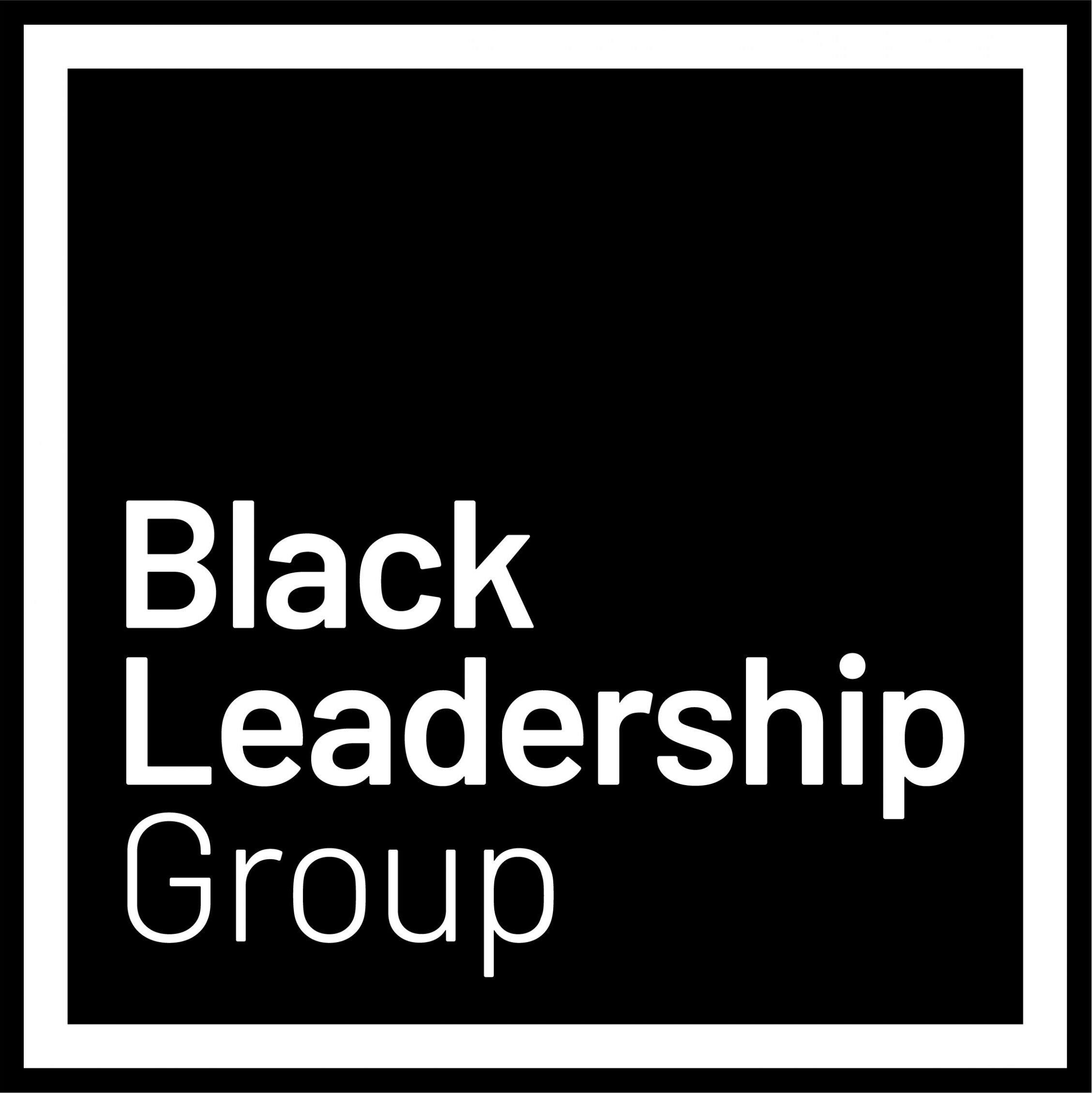Toolkits
BLG Toolkits
Following the publication of our Open Letter and 10 priorities for action in August 2020, we were inundated with requests for help from FE institutions. This led to us developing the 10 priorities into the 10 Point Plan 1.0, our gift to the FE sector. The 10 Point Plan has enabled a range of institutional types across the UK to undertake a comprehensive audit of their Anti-racist practice. Applied effectively, the 10 Point Plan can act as a vehicle for deep and wide-ranging system change. This requires high-level leadership commitment, founded on the recognition that cultural change has to be led from the top and requires sustained action
The need for focused support to effect the deep cultural change within institutions committed to anti-racism, led to the development of our 10 Point Plan Toolkit 1.0 which was launched for use by FE colleges and other organisations invested in FE on 23rd February 2021. The Toolkit was designed in such a way that it could be tailored to the unique contexts in which individual FE system institutions operate, and be used at multiple levels. It draws upon authoritative and authentic insight and expertise in anti-racism, and is underpinned by distinctive methodologies.
The 10 Point Plan Toolkit 1.0 has since evolved and is now available to other sectors as:
- BLG 10 Point Plan for Early Years, Primary & Secondary Schools Toolkit 1.0
- BLG 10 Point Plan for Business Toolkit 1.0
- BLG Higher Education Anti-racist Toolkit (HEART) 1.0
In Wales, the 10 Point Plan 1.0 Toolkit has been adapted and embedded in the Anti-racist Action Planning template for colleges, mandated for use by the Welsh Government.
How to use the toolkits
The Toolkits allow institutions to set their own objectives, declare their priorities and focus on contextualised actions that will bring about long-term, sustainable transformation. The Toolkits are intended to be consultative, collaborative and evidence-based. The associated processes do not work as box-ticking exercises neither do the processes lead to award of a kitemark.
Applied effectively, it can act as a vehicle for deep and wide-ranging system change. This requires high-level leadership commitment, founded on the recognition that cultural change has to be led from the top. It also affirms that sustained action is more critical than statements of intent, or a justification of the status quo by the use of numbers.
The Toolkit invites teams at all levels to conduct a meaningful conversation to develop a shared understanding and build confidence in discussing anti-racism. Through a set of layered questions, it identifies norms and values that may be hardwired into an organisation, inadvertently creating racial inequities and disparities. It prompts leaders to ask critical questions within their organisation and across their wider communities, and encourages practitioners to reflect on the impact of their work and to prioritise their developmental needs accordingly.
The diagnostic process comprises two stages. Stage 1 presents initial self-audit questions that will help teams to determine a baseline against each of the ten points. Stage 2 contains more detailed questions to assist teams to explore each objective in greater depth and to develop a comprehensive action plan for change. Whilst it is possible for organisations to administer Stage 1 independently, it is highly recommended that Stage 2 is facilitated by approved practitioners. In each case, sufficient time and planning are essential to the success of the process. For greatest impact, decision-maker, resource-holder and stakeholder involvement are critical.
Depending on the remit of the organisation, the ten points may cover aspects of practice that it cannot directly influence. Where these are beyond the direct control of an organisation, it should ask itself the following question: “What can we do to enable this to happen?”
With appropriate support, the Toolkit allows organisations to determine their priorities, set their own objectives, focus on contextualised actions and direct resources that will bring about long-term, sustainable transformation. It is intended to be consultative, collaborative and evidence-based. It does not work as a box-ticking exercise neither does the process lead to a kitemark.
In all cases, the process leads to the development of an organisational action plan that will be unique to their situation and challenges. The format of the action plan is for the organisation to determine, but as a general guide, the following key considerations are critical for each proposal: Where are we now? Where do we need to be? What actions are required? What does success look like? By when?
Note: BLG fully recognises and respects the relationship of issues pertaining to ‘race’ with the eight statutory ‘protected characteristics’ (UK only), but our purpose and intellectual capital is unashamedly focused on developing best ‘Anti-racism’ practice.
How to access the toolkits
To gain access to the book a consultation meeting for your organisation, email us at : exec@blackfeleadership.com
